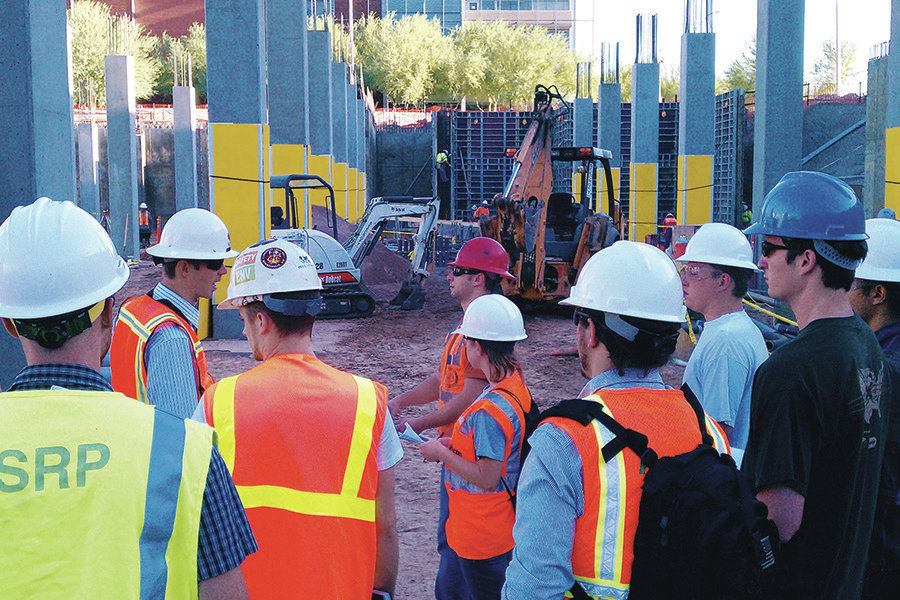The Ultimate Rigging Safety Training Guide – Protecting Lives and Assets on the Job
Rigging safety is a critical component in industries like construction, shipping, and manufacturing, where the movement of heavy loads is a daily requirement. Proper rigging not only ensures the efficient transportation of materials but also plays a pivotal role in safeguarding workers and assets from potential harm. Implementing a comprehensive rigging safety training program is essential to prevent accidents, reduce downtime, and protect lives and company assets. The first step in rigging safety understands the fundamentals of rigging equipment. Workers should be trained to recognize and properly use the different types of rigging gear, such as slings, shackles, hooks, and lifting beams. Each piece of equipment has its unique load limits, configurations, and materials that must be factored into the planning and execution of any lifting operation. Rigging safety training should stress the importance of inspecting this equipment before use. Regular inspections can help identify wear, deformation, and damage that might otherwise go unnoticed, potentially leading to catastrophic failure. In addition to equipment inspection, load calculation is crucial. Workers need to be able to calculate load weights and ensure they stay within the safe working limits of the rigging gear and lifting equipment.

This requires an understanding of load angles, center of gravity, and the impact of environmental factors like wind or rain. An improperly calculated load can lead to tipping, load dropping, or even equipment collapse. Training should also focus on the safe lifting techniques, including how to set up rigging gear correctly and secure loads to prevent shifts during transportation. A culture of safety must be fostered among all team members, emphasizing the need for clear communication and teamwork on the job site. Often, accidents occur because of poor communication between workers operating different parts of the rigging process. Signals, both verbal and non-verbal, must be standardized and clearly understood by all parties involved. Rigging operations often take place in busy, hazardous environments, making it imperative for workers to remain alert and communicate effectively. Any misunderstanding or lack of attention can lead to a serious accident.
Emergency preparedness is another critical element of rigging safety training. Workers should know how to respond to equipment malfunctions, dropped loads, or other emergencies. Training should include first aid and emergency response drills, so everyone knows how to act in case of an accident. Time is often a critical factor when responding to a rigging accident, and quick, well-coordinated actions can save lives and minimize damage to assets. Finally, it is important that rigging safety training is an ongoing process. With evolving technology and the unique challenges of different job sites, regular refresher courses help workers stay updated on best practices and the latest equipment and learn more. Safety policies should be reviewed regularly to ensure they meet current industry standards and regulations. By investing in comprehensive, continuous rigging safety training, companies not only protect their employees but also reduce financial risks associated with accidents, equipment damage, and lost productivity. Safety is an investment that pays long-term dividends in lives saved and assets protected.